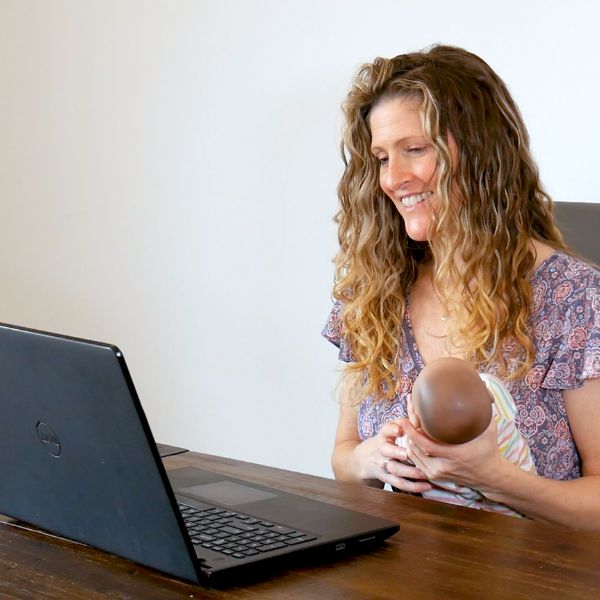Breastfeeding Checklist
Breastfeeding can be an incredibly rewarding and fulfilling experience for both mothers and babies, but it can also be challenging and overwhelming at the beginning. Having a breastfeeding checklist before your baby is born can give you a great head start. Breastfeeding provides so many benefits for both the baby and the mother so it’s worth being well-prepared and knowing how to overcome common challenges.
Benefits of breastfeeding for babies
For babies, breast milk contains all the necessary nutrients for healthy growth and development, as well as immune-boosting properties that help protect against infections and diseases. Breastfeeding also promotes bonding between the mother and the baby and can help reduce the risk of certain health conditions such as obesity, asthma, and allergies.
Benefits of breastfeeding for mothers
For mothers, breastfeeding can lower the risk of postpartum depression and may reduce the risk of breast and ovarian cancer. Additionally, breastfeeding is convenient and cost-effective, as it doesn’t require any special equipment or preparation. It’s recommended that babies are breastfed exclusively for the first 6 months and then until two and beyond, with complementary foods slowly introduced alongside breastfeeding from the age of 6 months.
Here’s a breastfeeding checklist with 9 tips to help you prepare for your new baby:
1: Get educated– Before your baby arrives, take some time to learn about breastfeeding. Attend a breastfeeding class or talk to a lactation consultant to understand the basics of breastfeeding, including how to properly position your baby, how often to nurse, and how to recognize signs of a good latch. Learn about antenatal expressing and how it can benefit your breastfeeding preparation.
2: Start early-Try to start breastfeeding within the first hour (the golden hour) after your baby is born. Skin-to-skin with your baby often will help stimulate milk production and establish a good breastfeeding routine. It has been shown to improve breastfeeding success and
3: Get comfortable– Find a comfortable place to nurse your baby, such as a cozy chair or a bed with plenty of pillows for support. Make sure you have everything you need within reach.
4: Get the latch right– A good latch is key to successful breastfeeding. Use your baby’s reflexes to your advantage and position their chin under your nipple. Their chin should be pressed into your breast, and their nose should be clear so they can breathe easily.
5: Breastfeed frequently– Aim to breastfeed at least every 2-3 hours. Most breastfed babies feed 8-12 times day and night with cluster feeding sessions. Frequently and flexibly feed your baby whenever they ask for it. Sometimes you may need to wake your baby to encourage a feed. Your midwives can help you determine if this is the case for you and your baby.
6: Watch for hunger cues– Stay close to your baby and room in together if possible. This allows you to respond to your baby whenever they give you cues, such as rooting, sucking on their fists, or making sucking noises. Try to breastfeed your baby before they become too fussy or agitated. Sometimes they may just need a cuddle and to know your close.
7: Avoid using teats, dummies, and supplementary feeds when there is no medical need– These can confuse your baby when they’re trying to learn how to suckle as they’re quite different from the breast. A baby is designed to be suckling at the breast as much as possible in the early days and dummies can delay the milk becoming more abundant. Supplementary feeds may fill up their tiny tummies and they may stop asking for the breast, which can affect your supply.
8: Take care of yourself- Breastfeeding can be demanding on your body, so it’s essential to take care of yourself. Make sure you eat a healthy diet, drink plenty of fluids, and rest as much as possible day and night.
9: Get support– Breastfeeding can be challenging, so it’s important to have a support system in place. Talk to your partner, family, and friends about your breastfeeding checklist, and consider joining a breastfeeding support group or working with a lactation consultant if you encounter any difficulties. Remember, every breastfeeding journey is different, so be patient with yourself and your baby. With time, patience, and practice, you’ll find a breastfeeding routine that works best for you and your baby.
If you’d like to arrange an antenatal class to get your breastfeeding checklist in place please reach out and book a session with me here.








